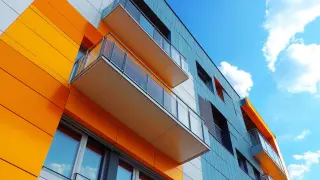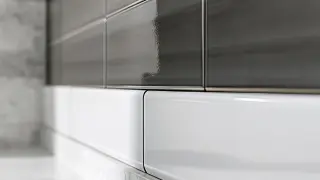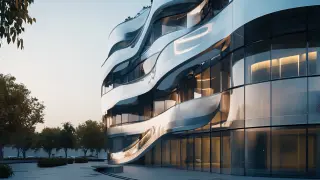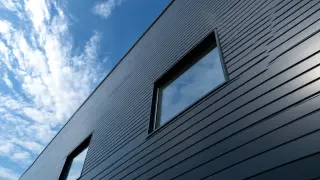Leave Your Message
As global procurement strategies continue to transform, the demand for innovative construction materials like Waterproof PVC Wall Panels is rapidly on the rise. A recent market report from Research and Markets revealed that the global waterproof wall panels market is expected to grow tremendously thanks to increasing construction activity and the growing focus on sustainable buildings. This trend represents a unique chance for companies, like Shandong Eco Decoration Materials Co., Ltd., well versed in research-and-development to high-quality production and sales of advanced materials. Among the leading exporters in foreign trade, Eco Decoration is well-placed to take the lead in offering durable solutions that are not only pleasing to the eye but also fulfill international markets' burgeoning demand on such.
Known for their versatility and resilience, waterproof PVC wall panels are being increasingly used in residential, commercial, and industrial applications. As preferences among consumers shift toward low maintenance and water resistance, this segment is poised for immense growth in the coming years. As environmental concerns increase within regions, products that serve two purposes-an added quality of being eco-friendly-are in great demand. This is how Shandong Eco Decoration Materials Co., Ltd. is positioned to revolutionize the market with the new generation Waterproof PVC Wall Panels that meet the current market trends and raise the global benchmark in quality and sustainability for construction.
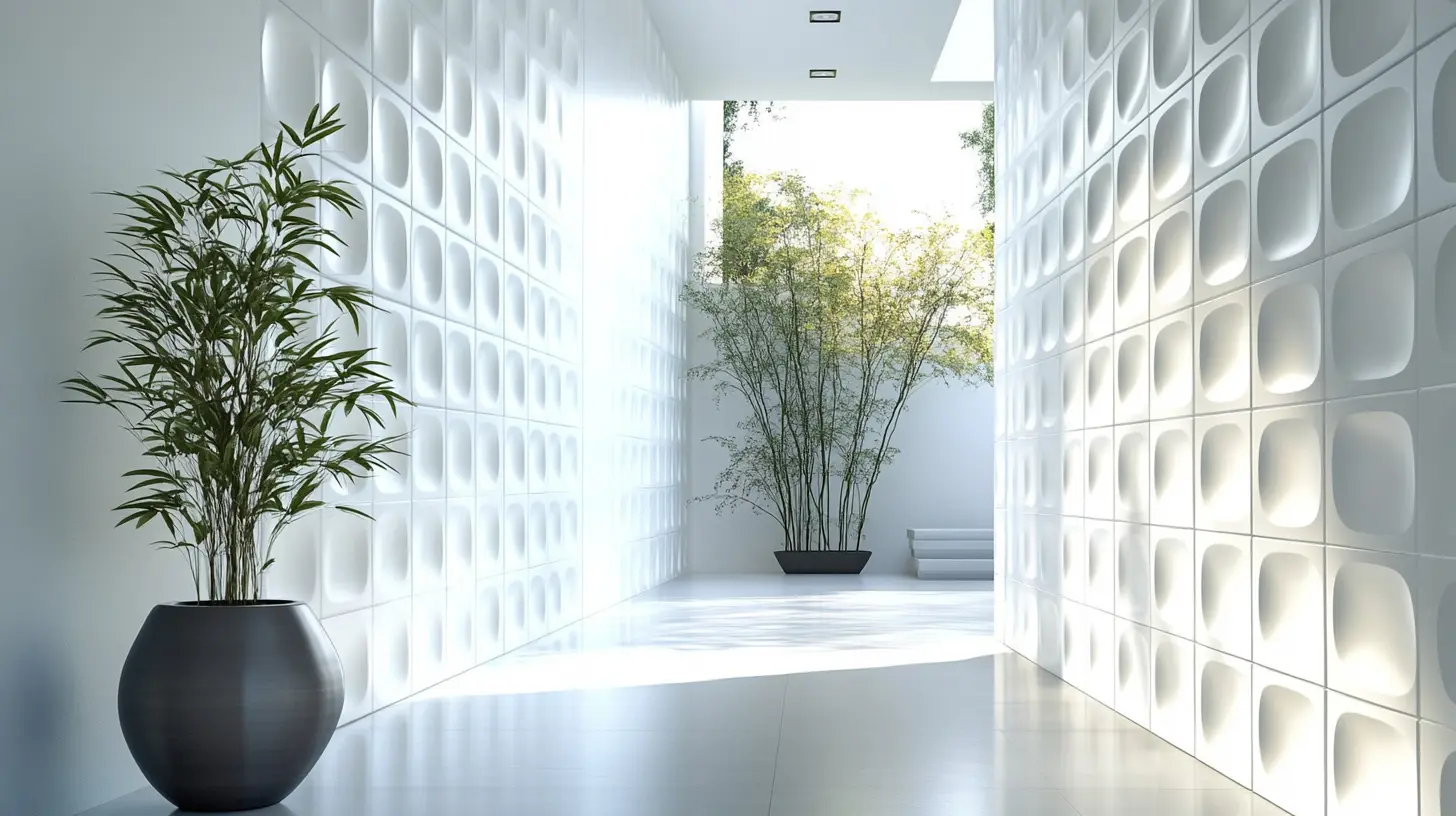
Evolution of a solid material solution: waterproof PVC wall panels in the modern market. For a long time, wall finishes competed against durability and maintenance issues. Moisture and mold made the husks unfit for habitation. The entrance of these PVC wall panels, however, has set a whole industry in motion-fairing waterproof installations, insertion within a design context, as well as installation ease. These panels can imitate the appearances of a variety of other natural materials, thus ensuring that natural appearances can be achieved without compromising on performance. Waterproof PVC wall panels are slowly but surely adopting architectural styles towards being green and eco-friendly. Adopting more and holistically green initiatives from across the world into their processes has been a step taken by manufacturers, especially for these very objectives i.e.: reducing their carbon footprints and enhancing recyclability. Add to that the advantages brought about by modular construction and the rush for rapid turnarounds for accessible solutions, and one will greatly understand the growing popularity of PVC panels. These have practical applications for residential, commercial, and industrial spaces intended for enhancements in the visual and functional aspects of spaces. In response to the increased need, thus, the supply chain for waterproof PVC wall panels is quickly adjusting. External procurement strategies are changing to becoming local in orientation and sustainable for the quality and environmental responsibility of the materials that are used. Thus, it is emerging to satisfy market demand alongside paving routes to further innovations in design and application. PVC wall panels have been firmly established as some of the cutting-edge solutions for contemporary construction.
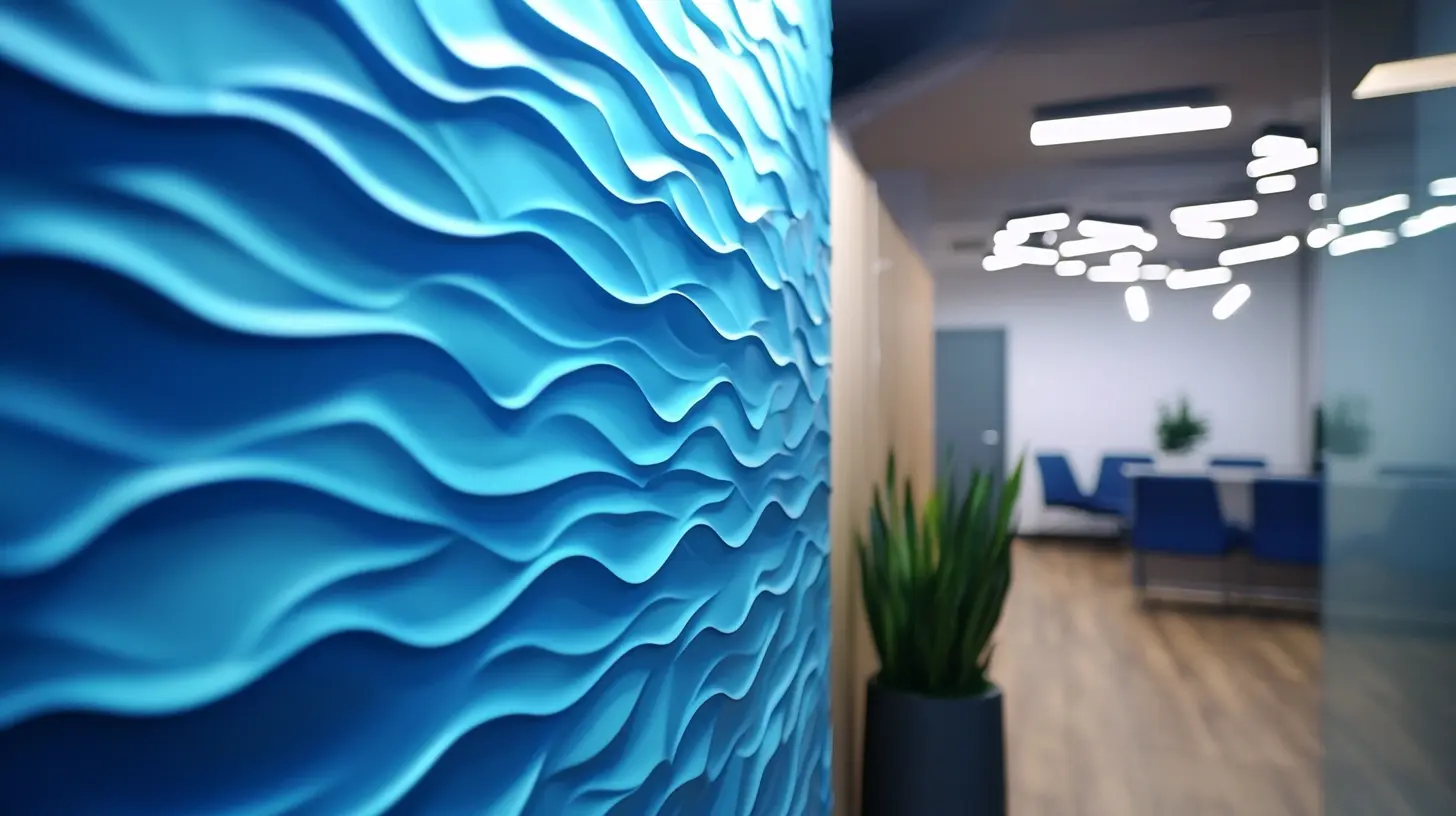
As demand for strong and efficient building materials is ever on the rise, PVC wall panels are being increasingly viewed as a preferred consideration throughout the global procurement strategies. They are perhaps the most popular due, in great part, to their waterproof properties, especially in fields such as construction and interior design, where moisture resistance is extremely valuable. According to a recent report by Market Research Future, the global market for PVC, boosted by rising construction activities and the preference for sustainable materials, is expected to reach USD 100 billion by 2025.
The versatility of PVC wall panels is a major force behind their rising popularity. They are water-resistant, but light and easy to work with. In fact, PVC wall panels are the sustainable alternative to the common building materials of tiles and wood. They are made from recycled materials and thus very much in line with the ever-growing sustainability trends found in global procurement practices. According to a study done by Freedonia Group, the demand for building materials based on plastics, including PVC, will expand at above 4% annually, paving the way for greener options in the construction industry.
In the same vein, PVC technology has advanced in giving suitable surface finishes and design aesthetics for commercial as well as residential applications. Nowadays, consumers are in search of products that serve both functionality and aesthetics; PVC wall panels fit this taste beautifully. Their multiple environmental applications, from wet zones like bathrooms to commercial settings with high pedestrian traffic, certainly add to their market attractiveness and establish them firmly in the future of global procurement strategies for construction.
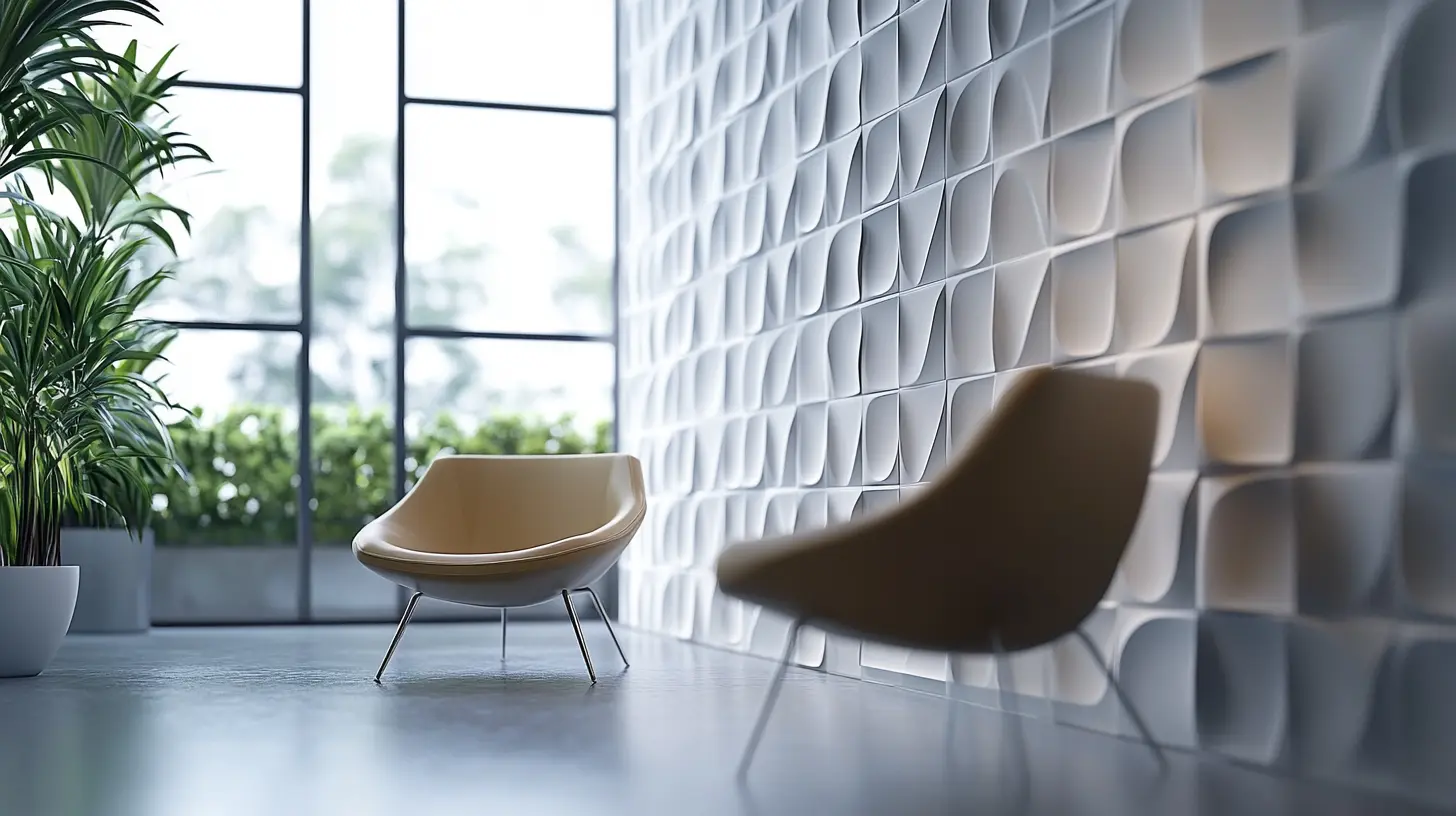
An entire collection of sustainable trends manifests itself in waterproof PVC panel production, which reflects the wider trend in the construction and building materials industry toward environmentally friendly practices. Grand View Research reports that the global PVC wall panel market is expected to reach USD 68.3 billion by 2025, increasing with eco-friendly materials as the driving force. Thus, it is not only a market demand but also a regulatory requirement as governments around the world enact stringent environmental regulations to reduce carbon footprints and promote sustainable construction practices.
The production of waterproof PVC wall panels is moving toward the recycled-materials and sustainable-sourcing method. Therefore, some leading manufacturers are starting to work with post-consumer recycled content into their panels, avoiding waste disposal and benefiting from a market that is becoming increasingly eco-concerned. A study conducted by Technavio stated that the increase in using recycled PVC in manufacturing wall panels could grow at more than 25% each year, showing the industry's commitment to sustainability. Other initiatives include energy-saving innovations and processes that reduce the amount of volatile organic compounds (VOCs) in the products.
As procurement processes worldwide adapt to the sustainable trends, many companies are now reassessing their supply chains so as to favor suppliers committed to sustainable practices. This includes the adoption of life cycle assessment (LCA) methodologies allowing firms to assess the environmental impact of products from their inception to their end-of-life disposal. With evidence mounting about the long-term cost savings and improvements to brand reputation based on sustainable construction practices, this trend of integrating sustainability into procurement decisions for waterproof PVC wall panels will continue to show a positive uptrend, thus further consolidating an eco-friendly outlook for the building materials sector.
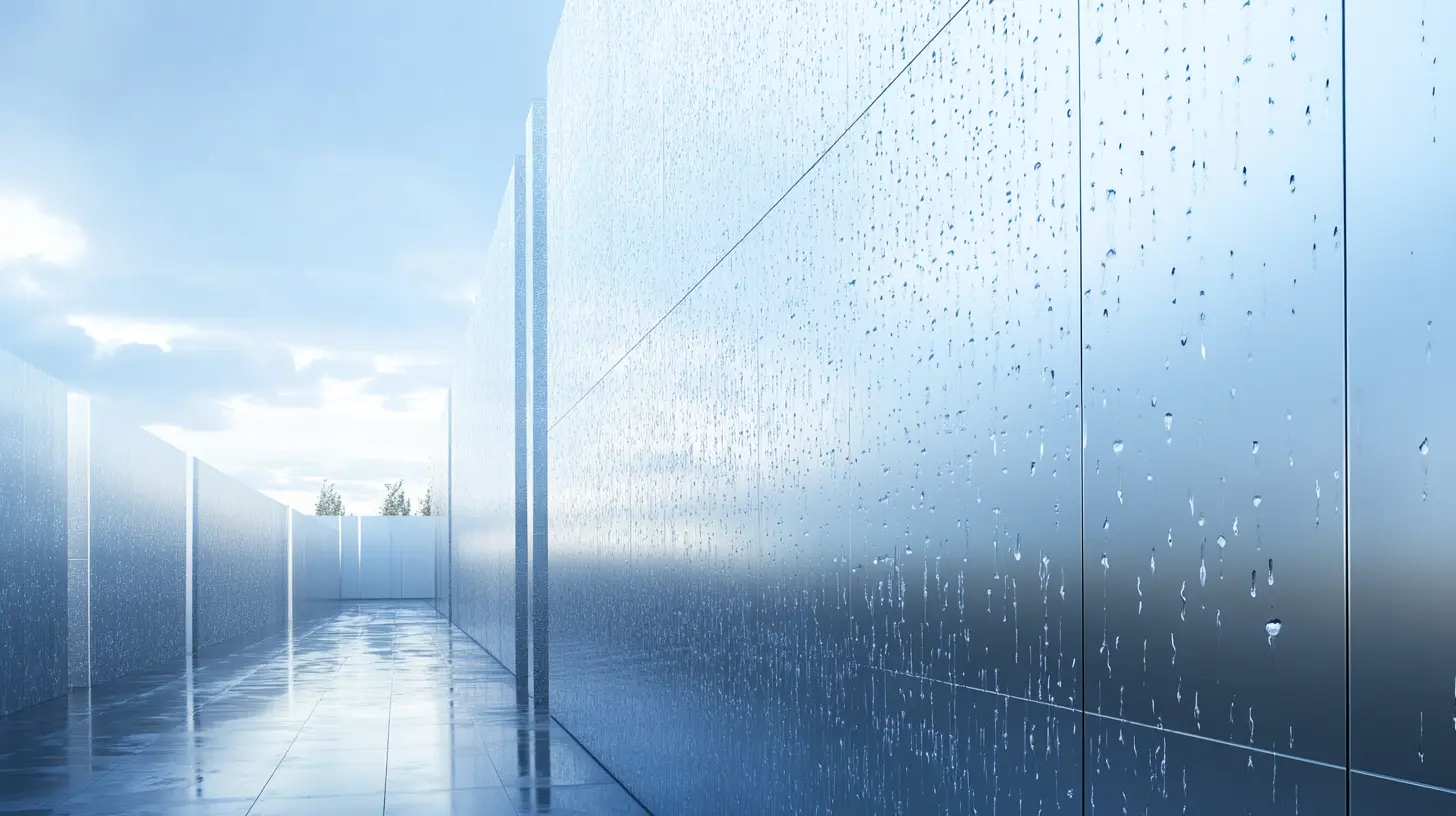
New technologies have recently been developed for the recycling of former nonrecyclable PVC plastics. These developments confirm that PVC is gaining new status as a sustainable building material. PVC wall panels, stronger and more water-resistant than traditional materials like drywall or plaster, have thus correctly been accepted as a modern solution. PVC recycling means environmental sustainability and also encourages the rationale for global source opportunities that lead to waste reduction and environmental respect in the construction business.
In other directions, PVC wall panels have endless advantages over conventional materials. They are lighter in weight, easier to put up, and resistant to mold and moisture, especially in humid areas such as bathrooms and kitchens. Traditional materials are well-understood but require high maintenance and can be water-damaged, thus incurring higher costs in the long run. Given the increasing momentum for sustainable building practices, waterproof PVC wall panels will become more widely accepted and thus provide a dependable and cost-effective solution for builders and homeowners for their modern construction needs.
As businesses start to optimize their global procurement strategies, the urgent concern regarding the sourcing of waterproof PVC wall panels comes to the fore. The global market for PVC wall panels is thriving because of an increase in the construction industry and due to durability and moisture resistance in material requirements. Recent data reports indicate large global growth opportunities for wood plastic composite (WPC) wall panels primarily attributed to application in residential and commercial construction.
One of the major challenges in sourcing these panels is the application of various regulatory environments that vary from country to country. This complicates the procurement route, as businesses need to ensure compliance with local regulations while keeping costs low. Also, supply chain disruptions caused by geopolitical constraints and logistical impediments may come in the way of timely delivery of materials of good quality. Industry reports state that companies would be well advised to take a proactive stance toward supply chain management, including diversification in sourcing strategies to counteract the risk posed by sole-source suppliers.
The sustainability narrative around PVC products has come to be embraced as one of the major talking points. As manufacturers put processes in place to increase recycling and minimize environmental impacts, the procurement strategy will have to follow suit. This entails current field developments in novel PVC plastic recycling, which, aside from allowing a greener perspective for marketing of the new wall panels, appeal to environmentally-aware customers. The procurement department should, therefore, take cognizance of ongoing market trends while ensuring that compliance and sustainability will always remain a two-pointer in sourcing.
Waterproof PVC wall panels are now widely used in commercial and residential settings based on their utility and durability. With each passing day, new designs and manufacturing techniques combine to reshape the functionality and appearance of such wall panels. The growth of technology has aided the design of panels that resist not only moisture but also a suite of textures and colors, thus providing greater flexibility to designers and homeowners alike. Advanced printing processes simulate realistic wood and stone finishes, allowing for high-end looks minus the costs and maintenance associated with it.
The enhancements in waterproof PVC wall panels are commendable from not just an aesthetic standpoint but also on the structural advancements. The industry leaders today are looking into eco-friendly materials and processes that minimize waste and promote sustainability in manufacturing, which relate to the demand among consumers for environment-friendly products. Furthermore, the application of antimicrobial coatings on the wall panels makes them waterproof and resistant to mold and bacteria, rendering them an excellent choice for kitchens, bathrooms, and any other high-moisture areas.
The waterproof PVC wall panels in global procurement strategies, enhanced by advances in modular design, are also must be a factor. These can be easily installed and replaced, which means less labor costs and downtime for any renovation. Thus, as contractors realize the advantages of prefabricated solutions, adoption rates for waterproof PVC wall panels will go up. Advances in logistics and supply chain management will act to increase accessibility to the procurement of these residential and commercial durable yet stylish solutions.
The global market for waterproof wall cladding panels made of PVC is on the brink of huge growth with an increasing global demand for sustainable construction materials. Recent studies indicate that the PVC market stands third in the global plastic production ranking, a fact that emphasizes the utilization of PVC in several applications from hospital equipment to residential construction. The very versatility and durability of PVC make it very tempting for use in wall paneling, considerably for use in areas that have to resist moisture.
Such strategies for global procurement have been studied through case studies, revealing how organizations are keen to capitalize on this trend. According to a report, the WPC (Wood Plastic Composite) wall panel market is anticipated to grow tremendously driven by the application of these products in residential buildings and commercial spaces. The increasing number of new housing projects as well as renovations has paved ways toward increase demand for innovative panel solutions. This scenario has led to the manufacturers improving their products in order to satisfy value-added criteria that meet demand further than aesthetic appeal by taking into account environmental consideration.
In fact, the increasing advancements in recycling technologies have made it possible to recycle PVC products that will never be recyclable. This is a breakthrough since not only have environmental issues been solved, but new sources of raw materials will also be opened within the procurement strategies. Companies are running toward sourcing their products with recycled materials, hence their making payoffs for sustainability in the industry while making cost savings. The application of these strategies represents paradigm shifts in the procurement of PVC wall panels that will align with the global sustainability agenda.
The waterproof PVC panel market is expected to grow massively in response to emerging global procurement strategies projecting into future years beyond 2024. The latest industry reports indicate a compound annual growth rate (CAGR) of almost 6.5% in this sector, which is growing more and more because of the demand for durable and moisture-resistant materials in residential, commercial, and industrial applications.
The continuing trends in home improvement and renovation are worth much attention, since much money is being spent by consumers on designing their homes differently for better performance with beauty. Moreover, temperatures are increasing that will warrant high demand for air conditioning as highlighted by recent news on the installation peak for precision services. Thus, this leads to the need for sufficient moisture control for indoor spaces. Such has led waterproof PVC wall panels to be chosen since they offer a variety of designs, and they secure the home from humidity damage.
Manufacturers are also redefining their entire procurement strategy to make supply chain scenarios more efficient as the world continues to embrace sustainability today. Reports have also indicated a rise in the use of green materials, and advancements in PVC technology will pique the interest of the recyclables produced by the makers in the near future. Keeping in touch with the evolving consumer trends and sustainability initiatives would, therefore, be an important aspect of these companies that want to remain competitive in the waterproof PVC wall panel market in a few coming years.
The growth is primarily driven by the construction industry and increased demand for durable, moisture-resistant materials, with a forecasted CAGR of approximately 6.5%.
Key challenges include navigating different regulatory landscapes, ensuring compliance, managing supply chain disruptions, and mitigating risks from single-source suppliers.
As manufacturers strive to improve recycling rates and reduce environmental impacts, procurement strategies must adapt to incorporate innovative recycling methods and appeal to environmentally conscious consumers.
Trends in home improvement, increased focus on aesthetics and functionality, and the need for effective moisture management solutions are influencing consumer preferences.
Geopolitical tensions can exacerbate supply chain disruptions, hindering timely access to high-quality materials for procurement.
Diversification is crucial to mitigate risks associated with dependency on single-source suppliers, especially in a landscape impacted by supply chain disruptions.
The market is expected to see advancements in technology that promote sustainable and recyclable materials, alongside continued growth driven by increasing demand across various applications.
Effective moisture management is becoming increasingly important due to higher temperatures and air conditioning demands, positioning waterproof PVC wall panels as a preferred choice.
Companies can remain competitive by staying attuned to emerging market trends, consumer preferences, and sustainability initiatives related to material sourcing and production.
